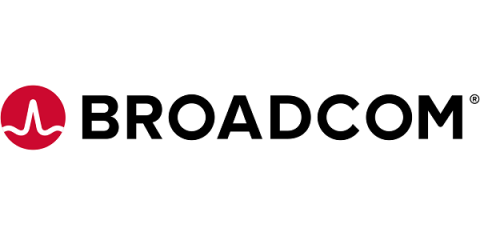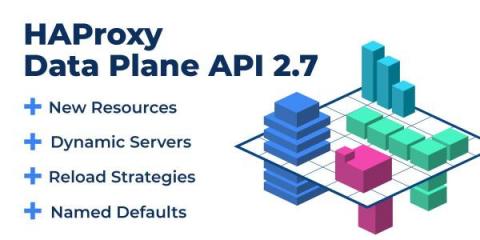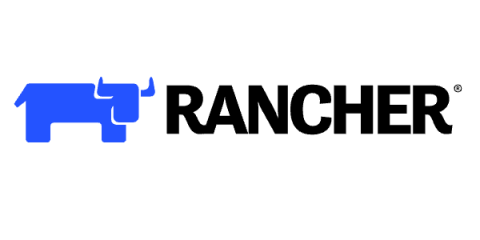DIY chiselled Ubuntu: crafting your own chiselled Ubuntu base image
In a previous post, I explained how we made our Ubuntu image 15 times smaller by chiselling a specific slice of Ubuntu for.NET developers. In this blog, I will provide step-by-step instructions on customising your chiselled Ubuntu base images for any use case. I don’t believe in a perfect container base image anymore.










